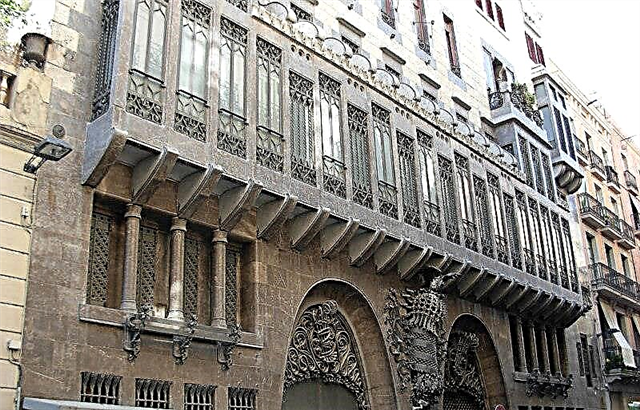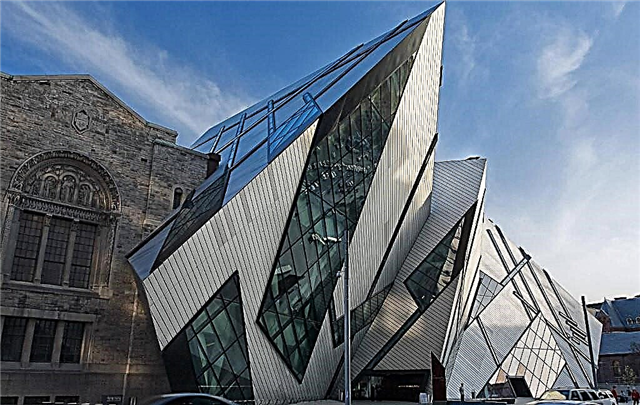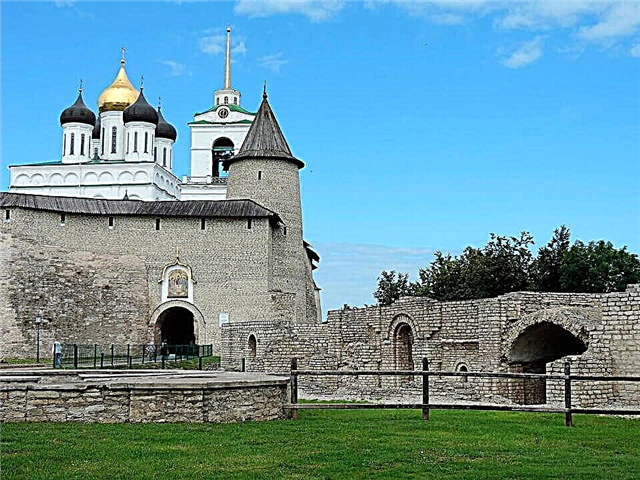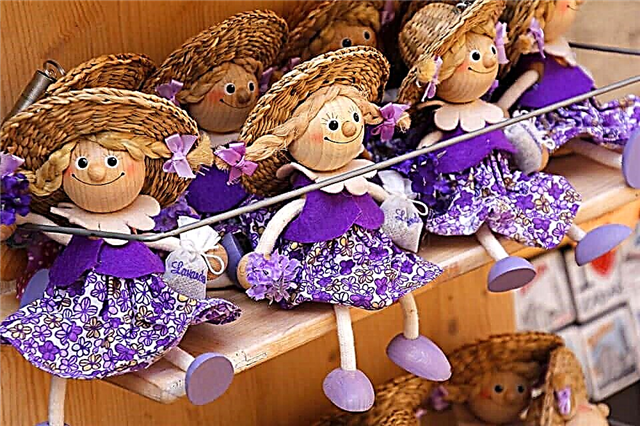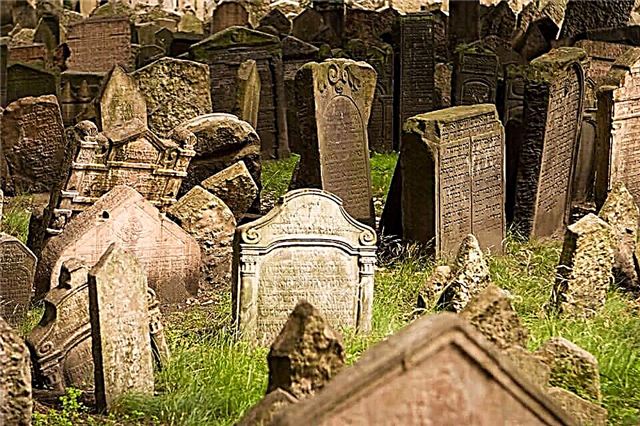You can enter the Jewish Quarter unnoticed while exploring the center of Prague. The quarter is located next to the Old Town Square. Stars of David on homes will tell you where you are. The main attractions here are synagogues with a rich history, the town hall, the old Jewish cemetery and the Kafka monument.
History of the Josefov quarter
The Jews settled in these places when there was no talk of Prague yet. Then the peaceful and timid people were driven out by the warlike Celts. According to legend, Princess Libuše in the 8th century. uttered a prophecy: when the people oppressed by all, believing in the Creator, come to the local river, the monarch should give them shelter. With this good deed, he will call on God's mercy to his country. The prophecy came true - in the 9th century. Jews appeared on the banks of the Vltava. They were given permission to build their houses on the left bank. But despite the kings' mercy, the life of the Jews was not easy. Craftsmen and merchants were taxed heavily, and Jewish pogroms occurred from time to time.

Since the 13th century. Jews lived in a separate walled quarter, and of course, no one had the right to settle in any other place of Prague of their choice. Only in the middle of the 19th century. King Joseph P allowed Jews to live anywhere in the city. Since then, the quarter has one more name "Josefov". Surprisingly, during the Second World War, the Jewish Quarter was not wiped out by the Nazis. On the contrary, things related to Jewish culture were brought here. The fact is that it was here that Hitler wanted to make a museum of a nation that disappeared from the map of Europe. Today, almost all sights, except for the oldest synagogue, can be viewed by purchasing a single ticket for the Jewish Museum.
Jewish Quarter landmarks
Tourists are curious about the old houses of the Jewish Quarter. And yet the most interesting are the synagogues, of which there are 6 here. The oldest - the Staronov synagogue was built in the 13th century, that is, it is the oldest in Europe. It is made in the Gothic style, its interior decoration is not just modest - it is ascetic. Here the Jews in former times hid from persecution, but today their main spiritual center is concentrated here. According to legend, somewhere inside there is a secret room without an entrance, from where the Golem appears - the protector of the Jews. Once he was molded from clay by Rabbi Leo, and God breathed life into him.

The Pinkas Synagogue was built later, in the 16th century, and in its architecture the features of the Baroque were harmoniously combined with the features of the Renaissance. Today it houses a museum. The museum is also housed in the Klaus synagogue dating back to the 17th century. It will be interesting for tourists to visit the Maisel Synagogue, whose construction was completed in the last years of the 16th century. Here you will be told about Meisel, who, thanks to his work, from a poor Jew became one of the richest people in Europe, lent money to the royal court. At the same time, Meisel was engaged in extensive charitable activities and did a lot for his people.
Another synagogue, called Vysokaya, is combined with the town hall. And the greatest impression on the guests of the quarter is made by the Spanish Synagogue, richly decorated inside and reminiscent of a luxurious palace. She is the youngest among other religious buildings.

Without a doubt, tourists will be amazed by the old Jewish cemetery. The Jews were forbidden to bury their dead anywhere other than this place. Therefore, the dead were literally placed on top of each other - in 12 layers. According to the most conservative estimates, at least 100 thousand people are buried here. The tombstones, covered with moss, stand close to each other. The very sight of this cemetery speaks of the oppression that the Jewish people have been subjected to over the centuries. The town hall was built in the 16th century, when Jews accounted for a third of the population of the Czech capital. Of course, the building survived both fires and destruction, but today it has been completely restored. On the town hall you can see a clock: some have Roman numerals, others - Hebrew letters. The arrows of the latter go in the opposite direction. Since the Israelis write from right to left. An unusual monument to Franz Kafka, unveiled at the beginning of the 20th century. A great writer is carried on his shoulders by a man without a head. Tourists like to take pictures next to this monument.

[leveltravel country = ”CZ” city = ”Prague”]
How to get there on your own
To get to the Jewish Quarter, you can take trams No. 17, 18. Or take the Green line of the metro and get off at Staromestská station.

